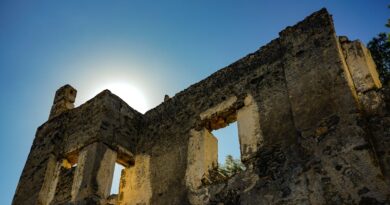Cultural Storytelling Forms: Unraveling the Threads of Tradition
Storytelling is a timeless tradition that transcends borders, languages, and generations. It serves as a powerful tool for preserving cultural heritage, passing down knowledge, and fostering a sense of community. Within different cultures around the world, storytelling takes on diverse forms, each infused with unique customs, beliefs, and values. In this article, we will delve into the rich tapestry of cultural storytelling forms, exploring their significance, evolution, and impact on societies.
The Oral Tradition: Ancestral Narratives Echoing Through Time
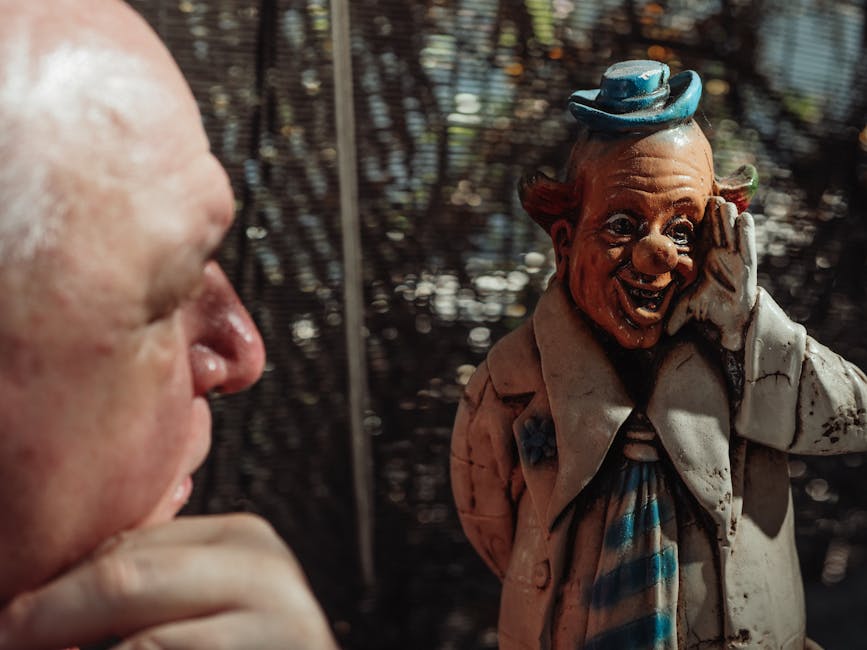
One of the oldest forms of cultural storytelling is the oral tradition, where stories are passed down verbally from one generation to the next. In many indigenous cultures, such as the Native American tribes or Australian Aboriginal communities, oral storytelling plays a central role in preserving history, traditions, and spiritual beliefs. These stories are often accompanied by music, dance, and rituals, creating a holistic sensory experience for both the storyteller and the audience.
For example, among the Maori people of New Zealand, the art of whakapapa (genealogy) is intertwined with storytelling, where ancestral narratives are recited to establish connections between individuals, tribes, and the natural world. Through these oral traditions, cultural identity is reinforced, and a sense of belonging is fostered within the community.
Literary Masterpieces: The Written Word as a Vessel of Culture
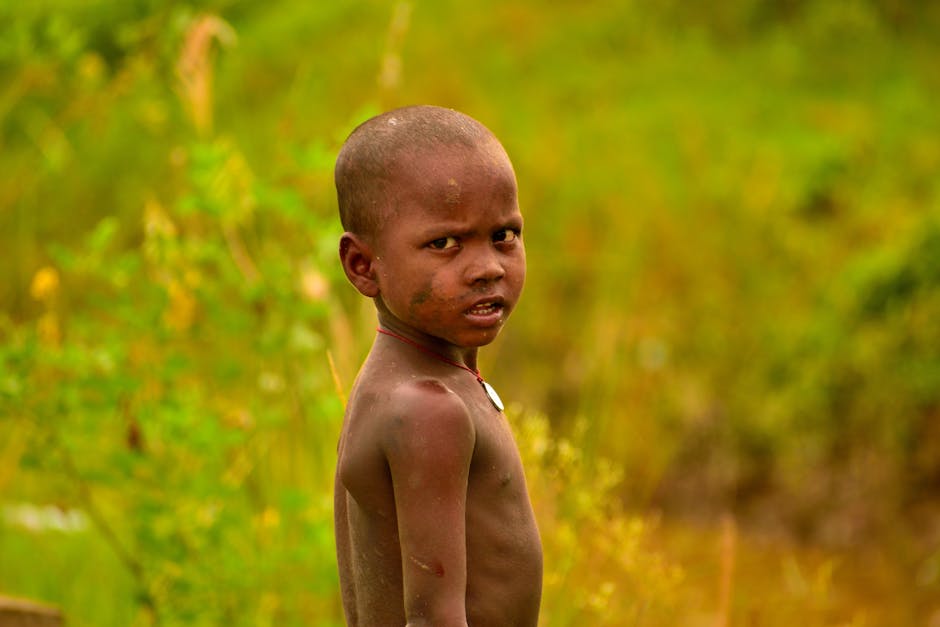
With the advent of writing systems, cultures around the world began to document their stories in written form, creating literary masterpieces that have stood the test of time. From the epics of Homer in ancient Greece to the folk tales of the Brothers Grimm in Germany, written storytelling has allowed for the preservation and dissemination of cultural narratives on a global scale.
In more recent times, authors like Chinua Achebe from Nigeria or Isabel Allende from Chile have used their written works to explore and celebrate their cultural heritage, shedding light on the complexities of identity, history, and tradition. Through novels, poems, and plays, these writers invite readers into the rich tapestries of their cultures, offering a glimpse into the nuances of their societies.
Visual Storytelling: The Artistic Expression of Cultural Narratives
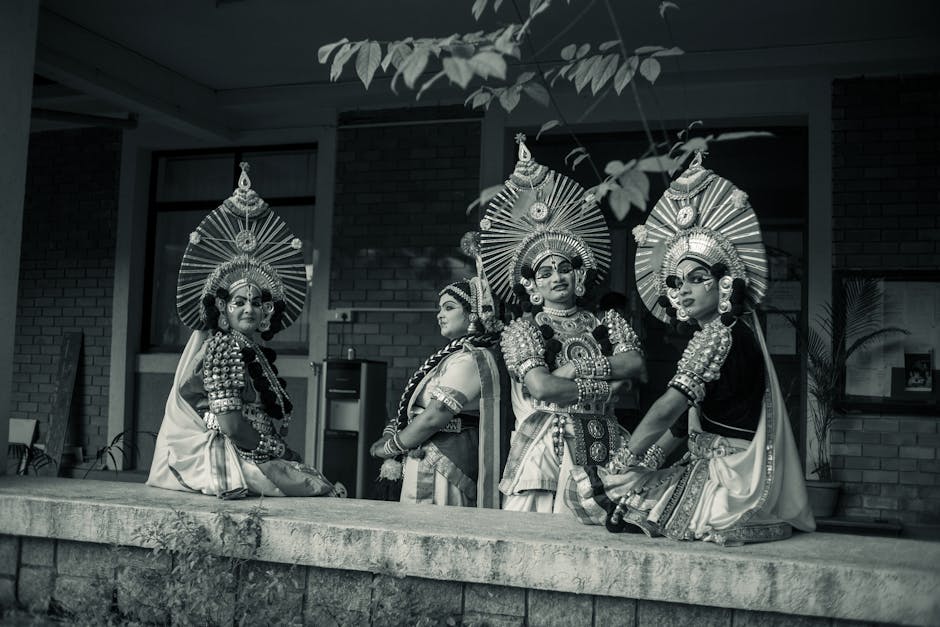
Visual storytelling encompasses a wide range of artistic mediums, including painting, sculpture, photography, and film, through which cultural narratives are brought to life in a visual form. In many indigenous cultures, such as the Aboriginal art of Australia or the cave paintings of Lascaux in France, visual storytelling serves as a means of recording history, mythology, and spiritual beliefs.
Contemporary artists like Kara Walker or Ai Weiwei use their visual artworks to address issues of cultural identity, social justice, and historical memory, challenging viewers to confront uncomfortable truths and reexamine dominant narratives. Through their visual storytelling, these artists provoke thought, evoke emotions, and inspire dialogue on pressing social issues.
Performative Storytelling: Theatrical Interpretations of Cultural Narratives
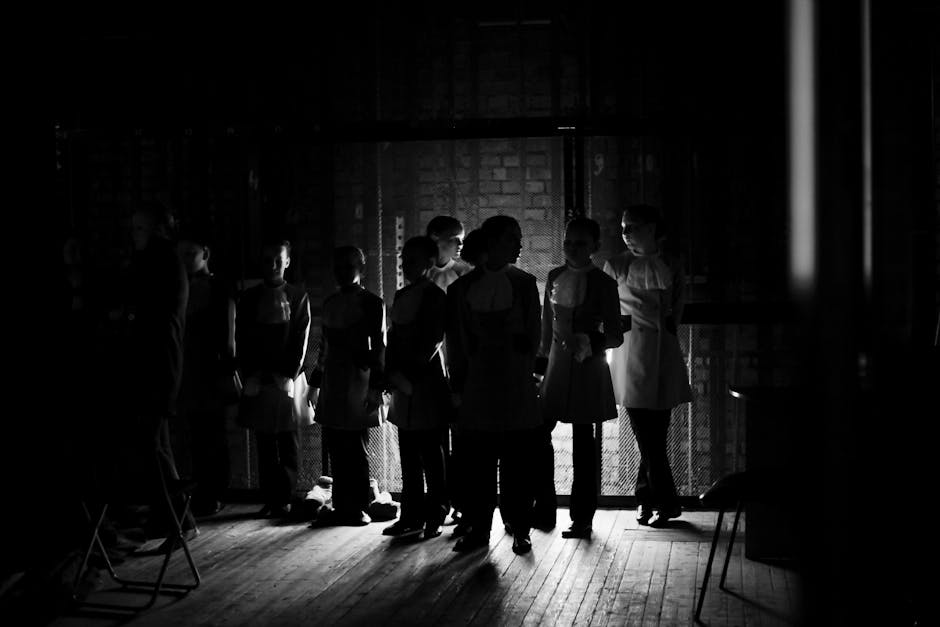
Performative storytelling combines elements of theater, dance, music, and spoken word to create immersive experiences that engage the senses and emotions of the audience. From traditional folk dances to contemporary spoken word poetry slams, performative storytelling takes on a myriad of forms, each with its own unique style and purpose.
In cultures like Japan, the art of Kabuki theater or Noh drama has been passed down for centuries, blending storytelling with intricate costumes, stylized movements, and haunting melodies. These performances not only entertain but also educate, offering insights into the values, traditions, and societal norms of the culture from which they originate.
Digital Storytelling: Navigating Cultural Narratives in the Digital Age
In the age of technology and social media, storytelling has found a new platform in the digital realm, where stories are shared, consumed, and reshaped at an unprecedented pace. Through blogs, podcasts, videos, and social networking sites, individuals from diverse cultural backgrounds can connect, collaborate, and amplify their voices on a global scale.
For example, projects like StoryCorps in the United States or Indigenous Digital Excellence in Australia use digital storytelling to empower marginalized communities, preserve vanishing languages, and challenge mainstream narratives. By harnessing the power of technology, these initiatives ensure that cultural stories remain alive and relevant in an increasingly digital world.
Inter-generational Storytelling: Bridging Past, Present, and Future Narratives
Inter-generational storytelling serves as a bridge between the wisdom of the past, the realities of the present, and the hopes for the future. By sharing stories across generations, families, communities, and societies can cultivate a sense of continuity, resilience, and shared identity that transcends time and space.
In many cultures, storytelling is used as a means of transmitting values, ethics, and cultural norms from elders to youth, ensuring that traditions are upheld and knowledge is passed down through the ages. Through inter-generational storytelling, young people can learn from the experiences of their ancestors, while older generations can gain new perspectives and insights from the creativity of the youth.
Globalization and Cultural Storytelling: Navigating Diversity and Unity
As the world becomes increasingly interconnected through globalization, cultural storytelling plays a crucial role in navigating the complexities of diversity and unity. By sharing stories across borders, cultures, and languages, individuals can foster understanding, empathy, and mutual respect for the multiplicity of human experiences.
Initiatives like the UNESCO World Heritage Sites or the International Storytelling Center aim to promote cultural exchange, dialogue, and collaboration through the power of storytelling. By recognizing and celebrating the diversity of cultural narratives, these efforts contribute to building a more inclusive and harmonious global community.
Expert Opinions: Insights from Cultural Storytelling Scholars
According to Dr. Joseph Campbell, a renowned mythologist and author, “Myth is the secret opening through which the inexhaustible energies of the cosmos pour into human cultural manifestation.” Campbell’s work on comparative mythology sheds light on the universality of storytelling across cultures, highlighting the common themes, motifs, and symbols that resonate with human societies worldwide.
Dr. Clarissa Pinkola Ests, a Jungian analyst and author, explores the transformative power of storytelling in her book “Women Who Run with the Wolves.” Through the reinterpretation of traditional folktales and myths, Ests invites readers to reclaim their inner wisdom, intuition, and creativity, nurturing the wild feminine spirit within each individual.
Common Misconceptions: Dispelling Myths About Cultural Storytelling
One common misconception about cultural storytelling is that it is static and unchanging, rooted in the past and disconnected from contemporary realities. In reality, cultural storytelling is a dynamic and evolving practice that adapts to the needs, values, and aspirations of each generation, shaping and reshaping cultural identities in the process.
Another misconception is that cultural storytelling is exclusive to certain cultural groups or communities, limiting its reach and impact. In truth, cultural storytelling is a universal human practice that transcends geographical, linguistic, and social boundaries, offering a shared language through which individuals can connect, communicate, and collaborate across diverse contexts.
Conclusion: Embracing the Diversity and Unity of Cultural Storytelling
As we have explored the myriad forms of cultural storytelling, from the oral traditions of indigenous communities to the digital narratives of the modern age, one thing becomes clear: storytelling is a powerful force that binds us together, transcending differences and uniting us in a shared human experience. By embracing the diversity and unity of cultural storytelling, we can celebrate the richness of our collective heritage, honor the wisdom of our ancestors, and pave the way for a more interconnected and compassionate world.
So, the next time you hear a story being told, whether around a campfire, on a stage, or through a screen, remember the ancient art of cultural storytelling that has shaped our past, informs our present, and inspires our future. Long story short, let’s keep the tradition of storytelling alive, for it is through our stories that we truly connect with one another and with the world around us.




